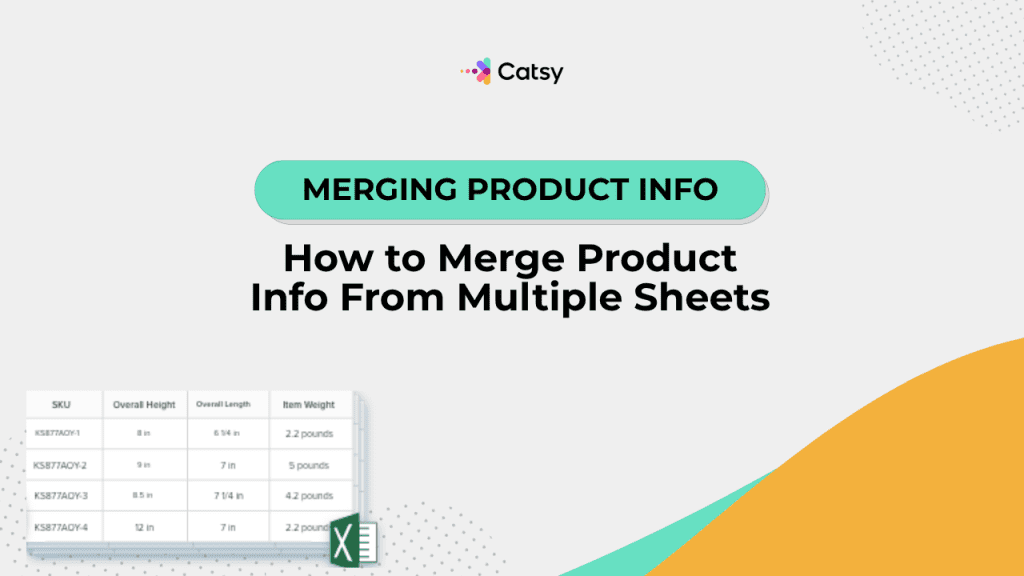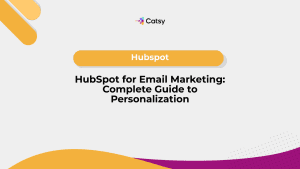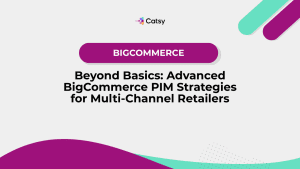How Much Does a PIM Cost (And What Are You Really Paying For)?
“How much does a PIM cost?”
It’s a fair question—and one that’s not always easy to answer. That’s because the price of PIM software can vary dramatically based on your business size, complexity, features, and deployment model.
In this guide, we’ll break down what goes into PIM pricing, what you’re actually paying for, and—most importantly—how to calculate the ROI of your PIM investment.

Why It’s Hard to Find a Straight Answer on PIM Pricing
If you’ve been shopping around for a PIM solution, you’ve probably noticed a pattern: very few vendors post exact pricing on their websites. That’s because PIM is not a one-size-fits-all solution.
Unlike off-the-shelf software, PIM solutions must accommodate different variables like:
- The number of SKUs you manage
- The complexity of your product data
- How many users or teams will access the platform
- The number of sales channels you serve
- Required integrations (e.g., ERP, eCommerce, DAM)
So instead of asking “how much does a PIM cost?”—a better question is:
“What kind of value will a PIM deliver, and what does that cost me in return?”
Let’s break it down.
In this Article
What Are You Really Paying For in a PIM System?
Understanding what drives the cost of a PIM starts with understanding what it actually does. A PIM solution is more than just a fancy spreadsheet—it’s a central hub for all product content.
Here’s what your PIM investment typically includes:
Cost Component | What You’re Paying For |
Software License or Subscription | Access to the PIM platform itself (SaaS or on-premise) |
Implementation Services | Data migration, system setup, configuration, integration |
User Training & Support | Onboarding your team, help desk, ongoing guidance |
Customization | Tailoring workflows, permissions, or UI to your needs |
Maintenance & Updates | Security, performance improvements, and new features |
Scalability | Adding more SKUs, users, or channels as you grow |
Some providers bundle these into a flat monthly fee. Others break it out into line items. Either way, it’s important to understand what’s included—and what’s not.
The Different Pricing Models for PIM
- Subscription-Based SaaS (Most Common)
This is the most common pricing model in the market today. You pay a recurring fee—typically monthly or annually—based on usage metrics like:
- Number of SKUs or products
- Number of users
- Number of channels
- Storage or asset limits
Average Cost:
💲 $1,000 to $5,000/month for mid-sized businesses
💲 Enterprise tiers can exceed $10,000/month with more advanced features
- Perpetual License (On-Premise PIM)
In this model, you pay a one-time upfront fee to “own” the software. However, you’ll also pay extra for:
- Maintenance & support
- Updates & patches
- Hardware or hosting infrastructure
Average Cost:
💲 $50,000 to $250,000+ one-time license
💲 20-30% of license annually for support and updates
This model is declining in favor of more agile SaaS models.
- Freemium or Tiered PIM Platforms
Some modern PIM vendors (especially for small teams) offer free versions or tiered pricing, based on feature access.
For example:
- Free for 1 user and 100 SKUs
- Pro Plan: $300/month for up to 5,000 SKUs
- Enterprise: Custom pricing
This is ideal for startups or small ecommerce operations just getting started.
Make Catsy DAM and PIM Software an Extension of Your Team
Book a Free DemoWhat Impacts the Total Cost of Ownership (TCO)?
To fully understand PIM cost, you need to consider Total Cost of Ownership (TCO)—not just the monthly subscription.
Here’s what factors into the PIM TCO:
- Number of SKUs
Managing 1,000 SKUs is vastly different from managing 50,000. Most vendors tier their pricing based on product volume.
- Number of Users
Teams across marketing, ecommerce, product development, and supply chain will all need access. More users = higher license costs.
- Number of Channels
If you syndicate product data to Amazon, Shopify, printed catalogs, and multiple regional markets, expect higher fees.
- Customization Needs
Out-of-the-box functionality may be fine for some. Others require custom workflows, fields, or integrations with legacy systems.
- Data Migration
Bringing your messy Excel files and legacy data into the new system may require extensive cleaning and professional services.
- Training & Change Management
Time and budget for onboarding your team shouldn’t be overlooked.
What’s the ROI of a PIM System?
Now that we’ve explored costs, let’s talk about the ROI (Return on Investment)—arguably the more important side of the equation.
A well-implemented PIM system delivers ROI by:
Benefit | Impact |
Faster Time-to-Market | Launch products weeks or even months faster |
Increased Team Efficiency | Automate manual data entry and content updates |
Improved Product Data Quality | Reduce errors, returns, and customer complaints |
Better Channel Performance | More complete, optimized product listings on marketplaces |
Cost Savings on Labor | Reduce reliance on spreadsheets, reduce headcount burden |
Higher Revenue | Improve conversion rates with better product content |
Let’s quantify that:
Example ROI Calculation:
Let’s say your ecommerce team spends 15 hours/week per employee maintaining product data across spreadsheets.
- You have 4 team members = 60 hours/week
- Average hourly wage = $40/hour
- That’s $9,600/month in labor spent on inefficient product management
With PIM, you reduce that time by 70%.
- You save ~$6,720/month in labor
- If your PIM costs $3,000/month, you still net $3,720 in ROI monthly
That’s a 124% ROI, not even counting improved sales or accuracy
Comparing PIM Pricing: What to Ask Vendors
When evaluating PIM pricing, ask these questions:
- What is the base cost? Is it monthly, annually, or usage-based?
- What features are included in the base price?
- Are there any setup or onboarding fees?
- Are training and support included, or billed separately?
- What integrations are included (e.g., Shopify, ERP, DAM)?
- How does the pricing scale if we add more SKUs or users?
- Can the system grow with our business?
Transparent answers help you avoid hidden costs and scope creep.
Hidden Costs to Watch Out For
While many PIM providers are upfront, some hide extra costs that appear after onboarding. Keep an eye out for:
- Data migration fees (especially if your current data is messy)
- Custom development for integrations or workflows
- Overage charges for exceeding SKU/user/storage limits
- Premium support tiers for faster ticket resolution
- API limits that cap how frequently you can sync data
Choosing the Right PIM for Your Budget
Here’s how to align your PIM choice with your budget and growth stage:
Business Type | Recommended Approach |
Startup / Small Business | Freemium or low-tier SaaS plans with easy setup |
Mid-Market Company | Scalable SaaS solution with configurable features and integrations |
Enterprise | Customizable platform with advanced governance, workflows, and global support |
Remember: cheaper isn’t always better. A low-cost PIM that can’t scale or integrate may end up costing more in missed opportunities and inefficiencies.
Final Thoughts: Cost vs. Value
When considering the cost of PIM, don’t just think in terms of dollars spent. Think in terms of time saved, errors prevented, sales gained, and frustration eliminated.
Yes, implementing a PIM platform is an investment.
Yes, it involves upfront time and cost.
But the payoff—in speed, accuracy, control, and growth—is well worth it.
Ready to Understand the Real Cost (and Value) of PIM?
At Catsy, we believe in transparent pricing, tailored solutions, and delivering maximum ROI.
Our PIM and DAM platform is purpose-built to help brands streamline product content delivery, improve data accuracy, and reduce manual work. We help you stop wasting time on spreadsheets—and start building scalable systems.
👉 Book a personalized demo to learn how Catsy PIM fits your business needs and budget.
When considering the cost of PIM, don’t just think in terms of dollars spent. Think in terms of time saved, errors prevented, sales gained, and frustration eliminated.
Yes, implementing a PIM platform is an investment.
Yes, it involves upfront time and cost.
But the payoff—in speed, accuracy, control, and growth—is well worth it.
Ready to Understand the Real Cost (and Value) of PIM?
At Catsy, we believe in transparent pricing, tailored solutions, and delivering maximum ROI.
Our PIM and DAM platform is purpose-built to help brands streamline product content delivery, improve data accuracy, and reduce manual work. We help you stop wasting time on spreadsheets—and start building scalable systems.
👉 Book a personalized demo to learn how Catsy PIM fits your business needs and budget.
Want more tips, tutorials, and insights on product content and e-commerce operations?
Stay connected. We post regularly to help brands like yours scale smarter.
Are You Ready To streamline your product content management?
Subscribe For More Content
Sign up for monthly tips on how to drive revenue with product content.




